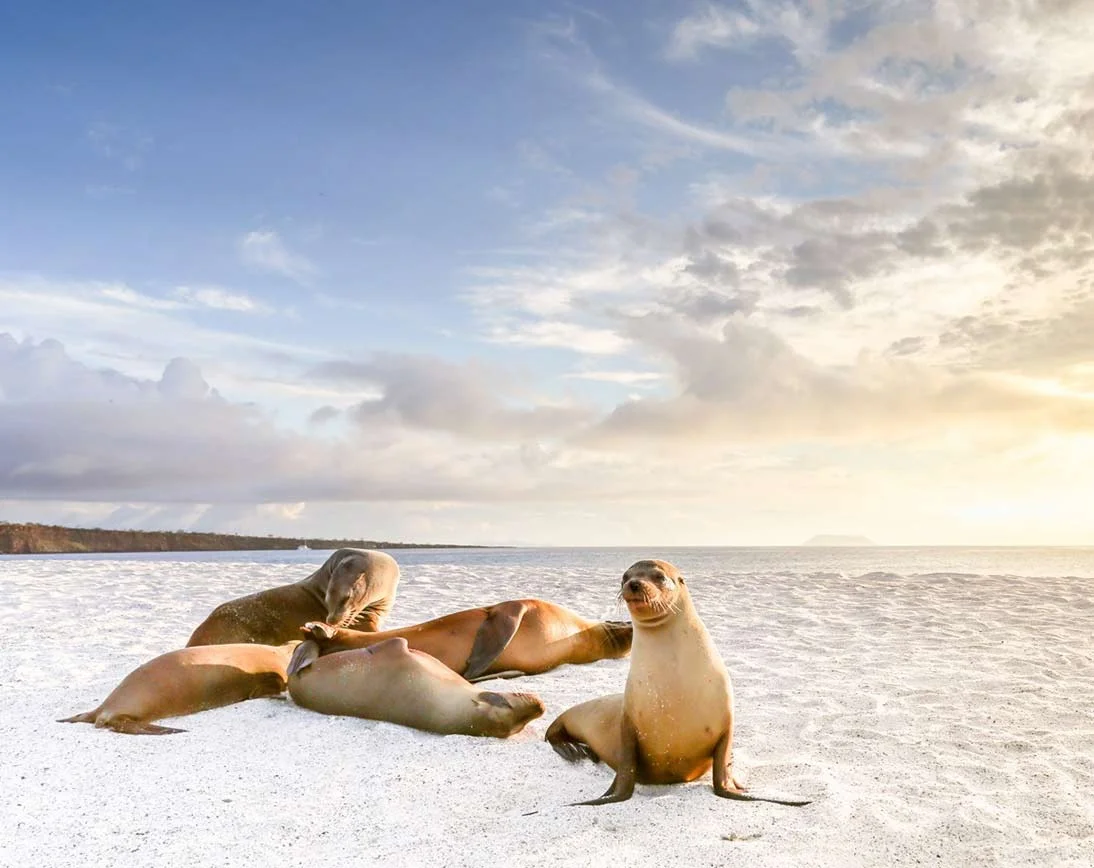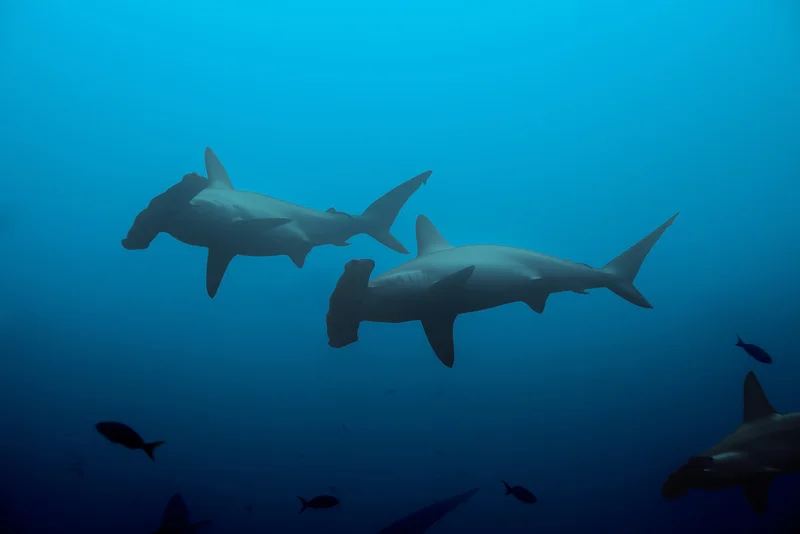Mosquera Island - Galapagos
Small island close to the main airport in the Galapagos Islands
Those visiting Mosquera Island enter the volcanic island in the Pacific ocean by boat and make a wet landing. The coast is rocky and beautiful right from the point of entry. This place is just right for those who have the adventurous streak in them. One cannot find any well-trodden paths as the island is not conducive for easy exploration. Travelers thinking of stepping on the sandy white beaches of Mosquera can expect to find a unique landscape and untouched wilderness. In spite of being formed from volcanic activity, there are no visible craters or highs and lows in the paths. The island itself is quite flat and only 600 meters by 120 meters in area. Several smaller cruise boats come and go, as part of their itinerary, usually an excursion before or after their mandatory visit to the Baltra Island airport.
Some people confine themselves to walking on the beach because the terrain is rather uneven. But for the happy-go-lucky tourists of the Galapagos Islands, the Mosquera Island is a great destination that can easily be approached by the waterways. And one can imagine how the island and its beaches are most suitable for swimming, snorkeling, birdwatching, and Scuba diving. The waters around the Mosquera island are mostly calm, which is the reason languorous walks on the seaside are a real possibility here. Birdwatching is a delight not just for ornithologists but for those who enjoy the colors of nature as well because there are some rare species to be caught sight of here. The wildlife list begins with the Brown Pelican, some tropical fish which any naturalist would like to write about, Sharks, sea lions, turtles, and boobies.
The sea-lions are fearless and approach humans in a most friendly manner. A light variety of red shelled-crabs with blue bodies called Red Lava Crabs or Sally Lightfoot Crabs can be seen on the shores, but they scurry away out of sight when they detect approaching footsteps or herons which feed on them. This ability to detect approaching movement is a protective mechanism for their survival. Some marine iguanas can also be seen on the island, but these do not harm the crabs, whereas the hawkfish and moray eels do. It is particularly interesting to observe the fauna of this region while spending time observing, photographing or sketching the wonders of Nature.


